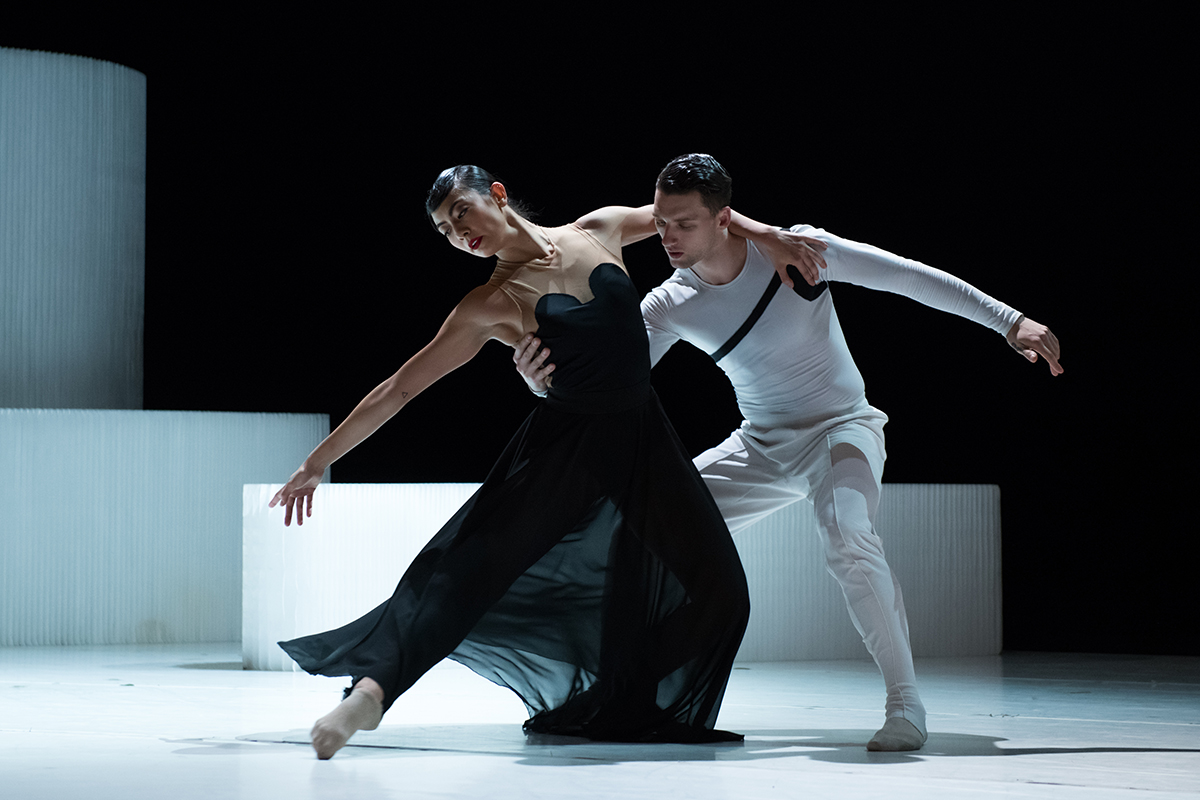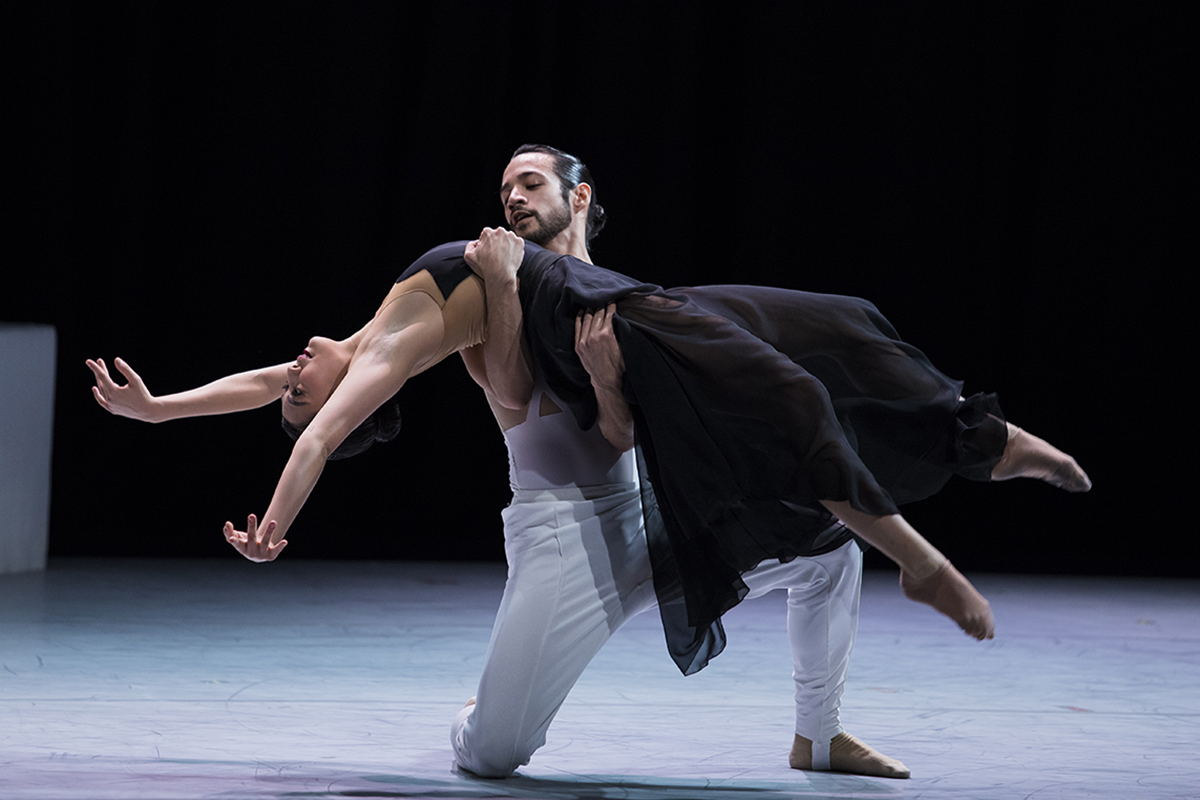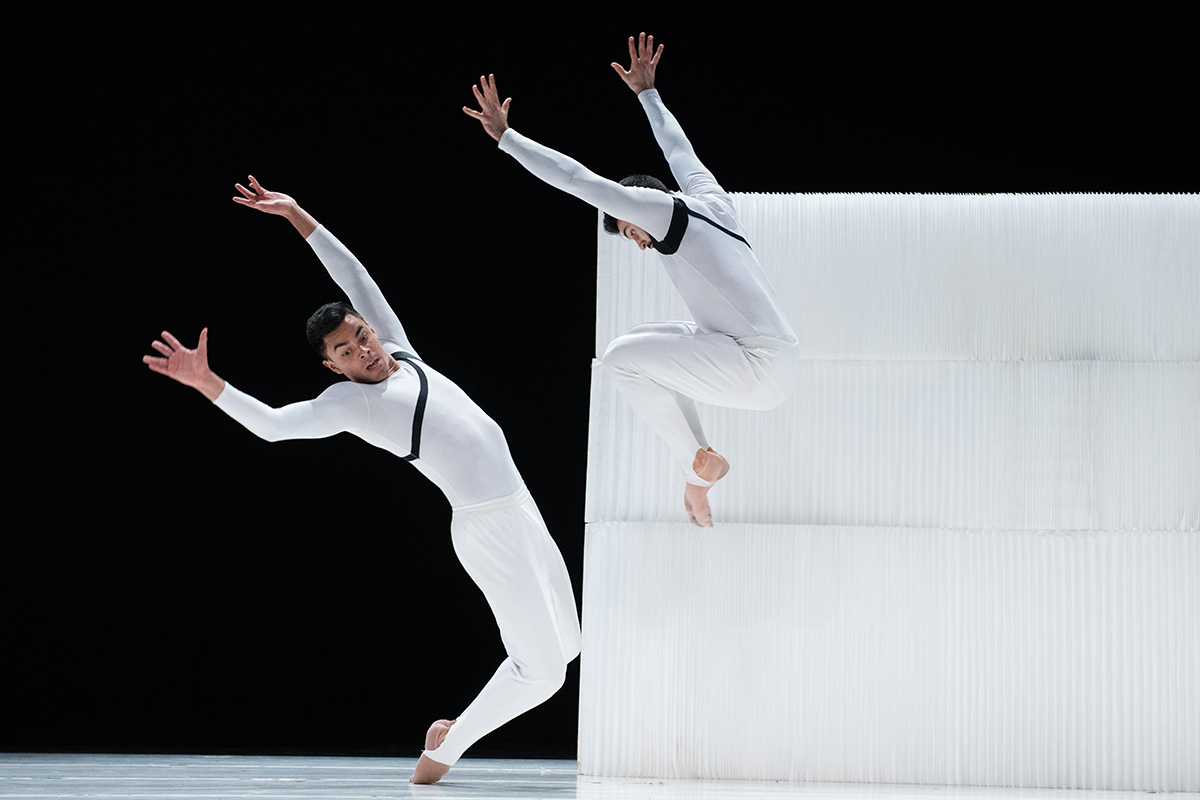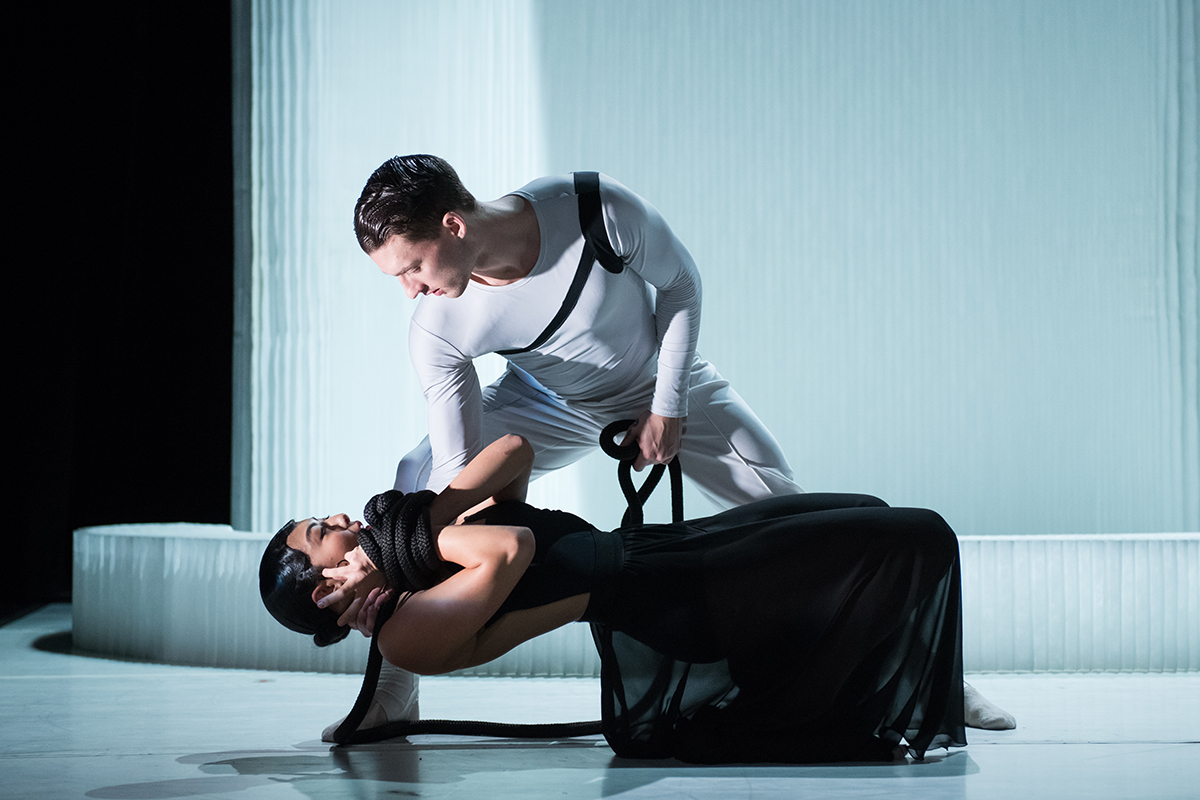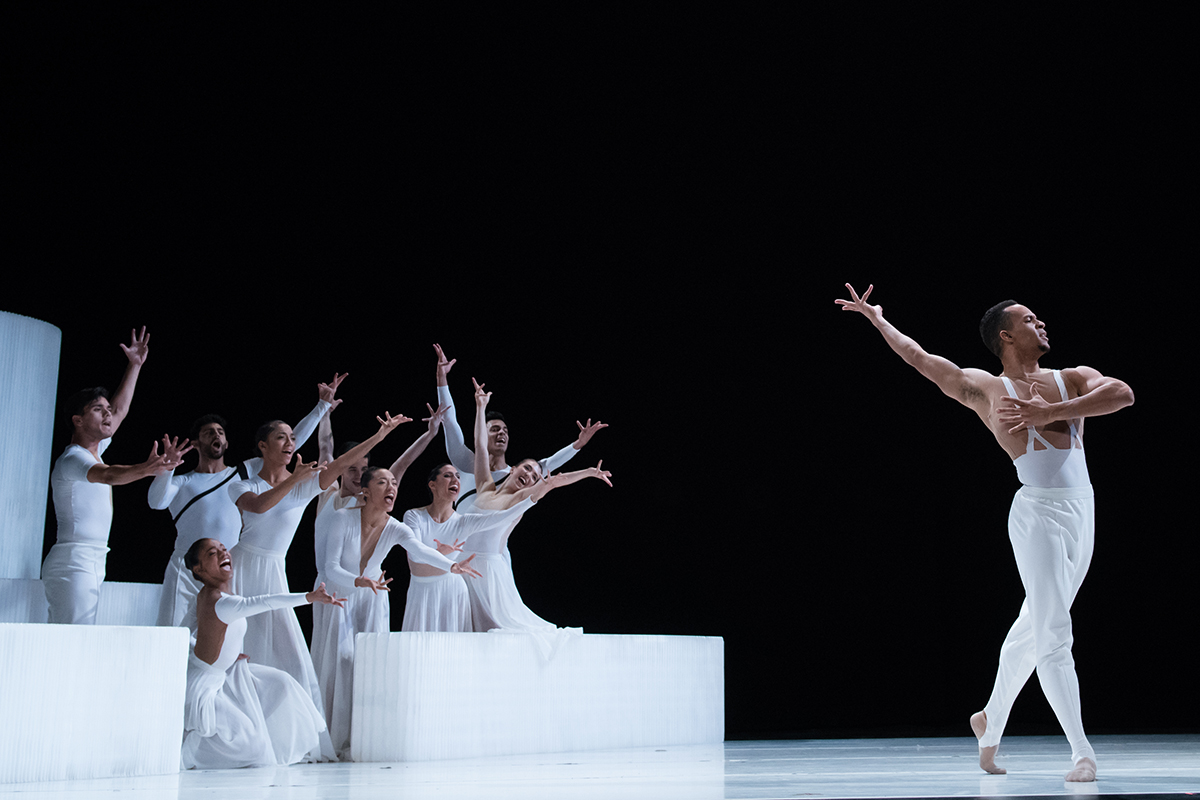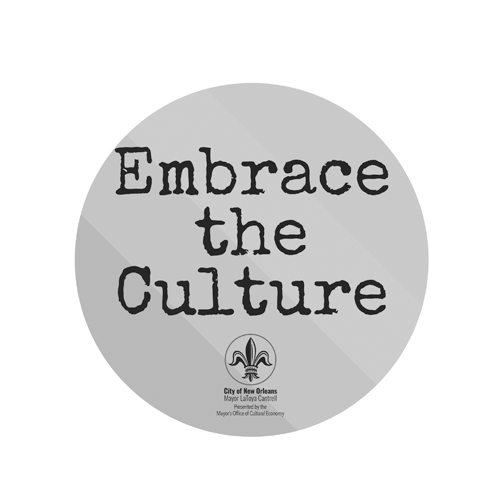Ballet Hispánico – Carmen’s echo with Gustavo Ramírez Sansano
Sat, Feb 1 | 7:30PM
GUSTAVO RAMÍREZ SANSANO ON THE MAKING OF CARMEN.maquia
On the creation of the ballet CARMEN.maquia…
I created Carmen in 2012 with a company I was directing, Luna Negra Dance Theater. There are always different reasons why you create something. In my case, it might be something personal, something I feel really attached to. Or I always wonder when I see a piece how would I do that if I had the chance? So Carmen is one of those pieces where I saw versions, and I never really understood the story and [thought] how would I do that? Then, in Luna Negra’s second season, we made it to honor women. [Each ballet] was by a woman choreographer or the theme of the piece was about a woman. Also, I thought it was an incredible opportunity for the dancers to fill a full evening, to experience what it means to start, have something happen, to end and how to change your character throughout the whole story.
On what “maquia” means…
The title for me was important. Because I saw a lot of Carmens, and I didn’t just want to call it Carmen. A lot of things went through my mind. The art of bullfighting is [called] “tauromaquia.” And Picasso used to say that Carmen was like the bull that nobody could domesticate or control, no? So we found that similarity where Carmen is like the bull, so we just took “tauromaquia” and took “tauro” out and put “Carmen” in.
On why the story of Carmen resonates…
I think it’s a story that we all can relate to. That’s why those kinds of stories, they last. And they will last forever because [it doesn’t matter] if they were in a different time period, I think we’ve all been or felt like Don Jose. I think if Carmen were a person today, we would hate her. She was doing whatever she felt. She was like a little girl. The important thing about that character is she was doing what men used to do, and that’s why we made it so important, the character Carmen. It’s something really peculiar… And we would empathize much more with [Don Jose] because Don Jose represents what it means to commit in every single part of your body to somebody, and that somebody doesn’t empathize with you. I think also in that period I was at the end of a bad breakup. I think I really empathized with Don Jose in that way. I knew how he felt. I didn’t kill anybody, but I wanted to [laughing].
On finding the right music…
The music was one of the challenges. I didn’t want singing, and there is just like 35 minutes [in the score] without words. I was like what do I do now? So I did a lot of searching. I had to give up the fact of [the music] being just from Carmen. It just needs to be by Bizet. So there are two or three tracks that are from another part of Bizet and some versions that I found on the Internet that are from different composers who played with the sound of Carmen. So with all that I made the soundtrack, and I was really, really happy because it really tells the story.
On finding the right Carmen…
When I look for a Carmen, in this case I actually talk to the dancers about it a little bit. Historically, our main lead woman wasn’t the prettiest or the tallest. It was the one that had more character, that could be funny or had an intensity in the eyes. For example, this really famous singer, actress of the ‘60s, Lola Flores. When everybody talks about her, they say she couldn’t sing, she wasn’t pretty, she couldn’t act, she couldn’t dance, but you couldn’t stop looking at her. I like these characters. They are not an ideal of what a Hollywood movie would choose, but to have this thing where you just can’t stop looking at her… you want to be with her because she has this charisma. I look more for that sort of charisma than just being a pretty Carmen.
Tickets
SAT, FEB 1 | 7:30PM
Mahalia Jackson Theater
New Orleans, Louisiana
Single Tickets on Sale Now.
Ticketing Notice
Tickets to NOBA performances are sold solely through NOBA at nobadance.com or by phone or through Ambassador Theatre Group at mahaliajacksontheater.com.
Tickets sold on any other website are not guaranteed to be legitimate and will not be honored.
ABOUT BALLET HISPÁNICO
Ballet Hispánico was founded on the principle that everyone deserves dance, quality dance training, and innovative performances. In creating the company in 1970, Tina Ramirez shattered a glass ceiling – challenging iconic representations and exposing the joy and celebration to be found in Latindad. Despite its humble origins, Ballet Hispánico immediately served as a catalyst for people in the Latine/x/Hispanic community, especially for Latino youth, to follow their dreams in the cultural world.
Today, as the largest Latino cultural organization in the United States and one of America’s Cultural Treasures, Ballet Hispánico’s three main programs, the Company, School of Dance, and Community Arts Partnerships bring together communities to celebrate the ever growing and multifaceted Hispanic diasporas. Ballet Hispánico’s New York City headquarters provide the space and cultural heart for Latinx dance in the United States. It is a space that expands on Ramirez’s original vision by providing our community the ability to train through dedicated scholarship opportunities, exceptional dance training, inclusive cultural dialogues, and exemplary performances. No matter their background or identity, Ballet Hispánico welcomes and serves all, breaking stereotypes and celebrating the beauty and diversity of Hispanic cultures through dance.
For more information on Ballet Hispánico, visit ballethispanico.org

